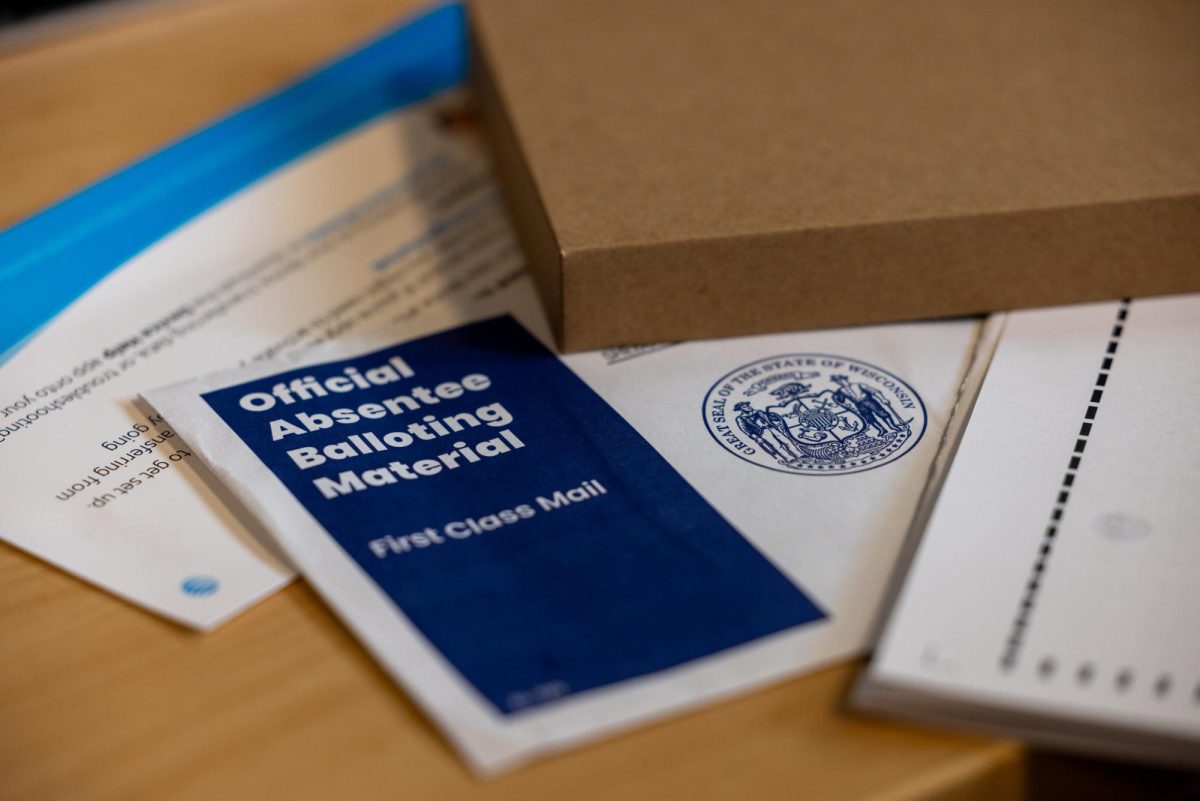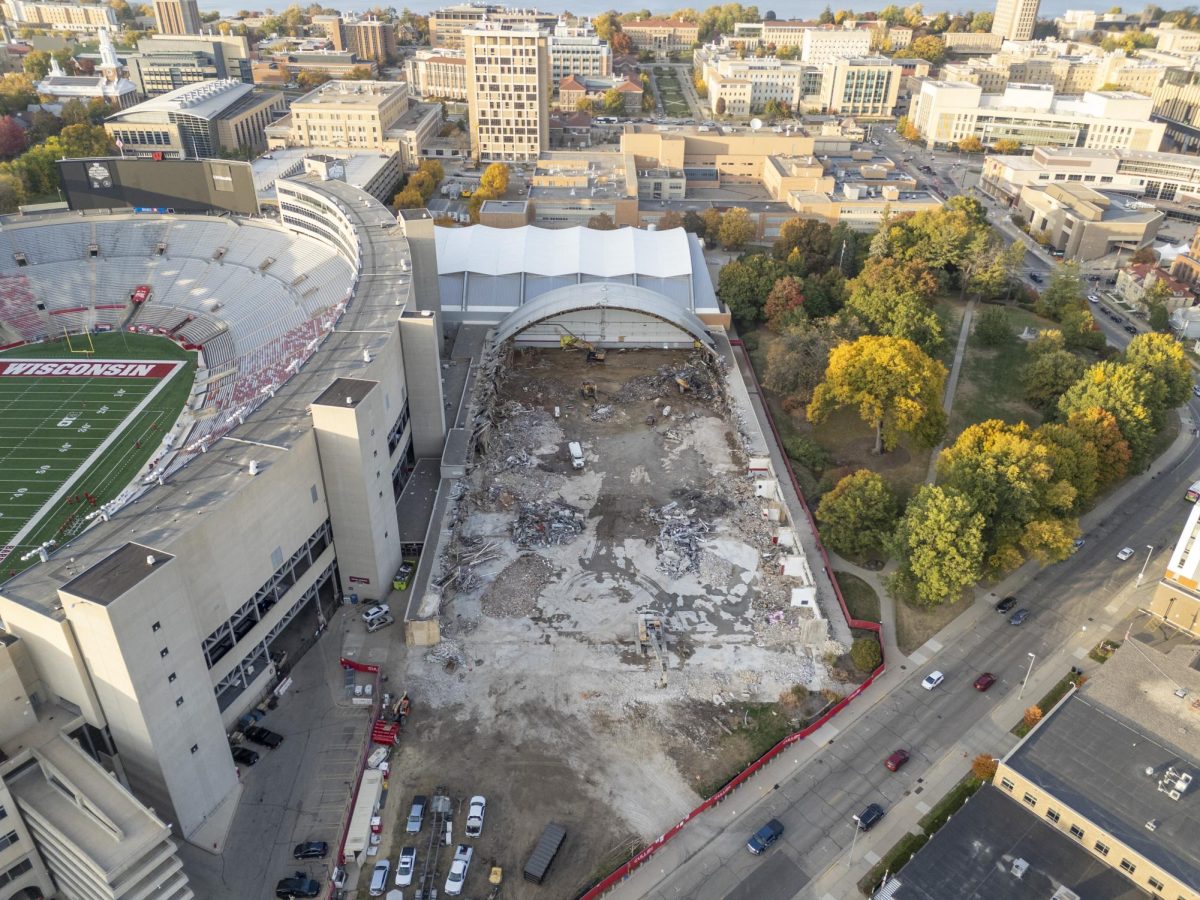The University of Wisconsin community is one step closer to seeing a commuter rail on campus following a provision to create a regional transit system in Gov. Jim Doyle’s state budget.
If approved by the Legislature, the provision will allow local governments within Dane County to collaboratively organize transportation systems such as expanded bus service and a commuter rail.
“This is a reasonable step for local governments to take so they have what they need to make investments in their transportation,” said Doyle spokesperson Lee Sensenbrenner.
Municipalities would fund the Regional Transit Authority with a half-cent sales tax increase.
The RTA Doyle authorized differs from the one crafted by Dane County officials, including Mayor Dave Cieslewicz, Dane County Executive Kathleen Falk and Dane County Board Chair Scott McDonnell.
The RTA proposed to Doyle would have provided service to the entire Dane County area.
Doyle’s RTA provision allows funding for bus service, commuter rail and transit service for elderly or disabled people and excludes funds for road improvement, McDonnell said. He added the provision provides service to the larger metropolitan Dane County area, excluding smaller townships on the edge of the county.
“[Falk] understands the governor’s logic to have the geographical area cover that part of the county where mass transit is already in operation,” said Topf Wells, chief of staff to Falk. “She appreciates the governor has provided a clear legal framework for RTA to exist.”
Wells said prospects for economic growth in Dane County are centered on UW, adding the downtown hospitals and a commuter rail system is a logical way to transport people there.
“The goal is to provide a solid, financing mechanism and good, transparent, accountable operation for a mass transit system — a key part would be a commuter rail — to ensure that in the face of congestion, we can continue to move people in and around the downtown area,” Wells said.
Since railroad tracks are in place across the county, McDonnell said the bulk of the expense for commuter rail is already accounted for.
Amtrak would also use the rails for train service between Milwaukee and Madison, he added.
The possibility of a RTA would be favorable to Madison Metro because the transit service is considering increasing fares, Metro spokesperson Mick Roush said.
With the RTA predicted to bring in between $40 and $50 billion per year, the transit service would provide a stable funding source in harsh economic times, Roush said.
“[RTA] is right at the ground level,” he added. “We think it is an encouraging step.”
According to McDonnell, there is still a long road ahead before an RTA will exist in Madison. If the RTA provision in Doyle’s budget passes the Legislature, McDonnell said the Dane County Board would reapply for federal funding from the Federal Transit Authority to fund the commuter rail.
“[Dane County is] competing against other cities for this money,” McDonnell said. “[The FTA] has to say, ‘Yes, we’ll pay half.’ That would be a very likely scenario.”







